College Approves Vaccination, Weekly Testing Options For Fall
Taking feedback into account, the board modifies the resolution as requested
Board President Jay Chen discusses how important this resolution is to the safety of the campus on Aug. 13.
Following a passionate four hour meeting on Aug. 11, the board took under an hour on Aug. 13 to give the campus a clear message that they heard faculty concerns.
In continuation of the apology to counselors on Aug. 11, the college returned with a resolution to ease concerns regarding the return to campus by instituting safety measures to keep students and staff safe after the board was alarmed by statistics that Mt. SAC President William Scroggins provided them.
“I’m really troubled – because up to tonight – I thought that all employees were vaccinated. Or substantially all,” Trustee Gary Chow said on Aug. 11. “I’m shocked. I’m stunned.”
Scroggins described other groups on campus as having a “high” vaccination rate on Aug. 11, and he reported that CSEA 262 is at 80 percent, CSEA 651 is at 30 percent and the faculty are at 65 percent. It was also noted that the faculty number is likely higher than stated, as the figures were limited to voluntary self-reporting from a group of well over a thousand professionals.
At the prior meeting a number of options were provided:
Enact and encourage a “vaccine passport” of sorts and have students voluntarily submit that data to be attached to their A# for Human Resources.
Have the unvaccinated with a twice a week vaccination site.
Encourage testing every other week, with the plan of having unvaccinated people test to get the campus atmosphere to promote vaccinations.
Promote blood testing and “IgG and IgM rapid testing results” to find antibodies.
Having a voluntary disenrollment on campus for the unvaccinated.
The voluntary drop option could only be enforceable through discipline, which complicated matters of how the campus wants to promote restorative justice.
The board opted instead to combine the vaccine requirement with a weekly testing alternative for those who are not vaccinated. Although the specifics and deadlines are not known at this time, the college is working on providing more details. This much was shown in a new email sent out to students and staff, which was accompanied by updates to the college’s COVID-19 resource page.
The board also, at the request of librarians who would be interfacing with people of questionable vaccination status, redefined “quick” regarding visits on campus for online students and staff (who are not required to test or get vaccinated at the present time) to allow for more restrictions to all visits on campus from that group.
The language was changed to specify a few specific tasks that online students could come to campus for, and provided the administration with enough discretion to limit those types of interactions further.
The final change to the resolution was one that had been requested by several speakers.
The college policy was to follow three agencies and to change course as the guidelines changed, but for extra assurance a few faculty members requested that the college set in place a semester-long mask mandate independent of outside agencies.
This was the last change to the resolution.
Although the amended resolution was approved in one unanimous vote, the path to get there was not easy.
College administration had previously explained the situation as safer than described by the faculty speakers, while acknowledging that there was some risk.
Faculty concerns ranged from wanting more online offerings to follow student demands, desires to keep counseling in a hybrid model, fears about possibly bringing the coronavirus to work or back home to their families and requests to protect faculty and students better by providing them with PPE and additional equipment.
The requirement of five LHE units being stipulated as for “in person instruction” had also led to an 80-20 percent breakdown of “in person” to online classes, which did not track with enrollment figures.
Of these issues, the college has sent out emails to faculty asking which “in person” classes they think would best transition online and have spoken of changing the requirement to let SPOT certified teachers teach more online.
The counseling department issue is to be renegotiated in a side letter, but has Scroggins’ commitment to working with the Faculty Association, and all classrooms are to receive a small kit of PPE with masks, wipes, hand sanitizer and other essentials.
What is to come of these developments is still unknown at this time, however.
Many faculty are left with the same concerns they shared on Aug. 11, but the actions by the board have been considered a good step by both Faculty Association President Emily Woolery and Academic Senate President Chisa Uyeki.
It is a different response than was initially received on and prior to Aug. 11 when faculty outlined statements similar to this one:
“Like Stacy, I’m also a mother and there are other parents in this department. I am blessed with three beautiful strong young beautiful girls, none who are at the age of vaccination,” counseling faculty Chan Ton told the board on Aug. 11. “I’m concerned about exposing them to the Coronavirus and in turn affecting my elderly parents and students that I encounter.”
The response at that time was that a “breakthrough case” of a vaccinated individual getting COVID-19 after being vaccinated against it would be around 1 in 300,000 cases. The college president added that because of the concept of “viral load,” vaccinated individuals would not have as much virus, should they get it, to spread to others.
“The risk is slight,” Scroggins said in assurance.
The Board of Trustees’s approved resolution was planned as an effort to mitigate risk further.
“The easiest solution is that everyone’s vaccinated,” Board President Jay Chen said. “I think that this is happening anyway. We are not ahead of the curve by doing this. LA Community College has done it. So many different colleges have done it. Cal State has done it. UC has done it. We’re actually behind the curve.”



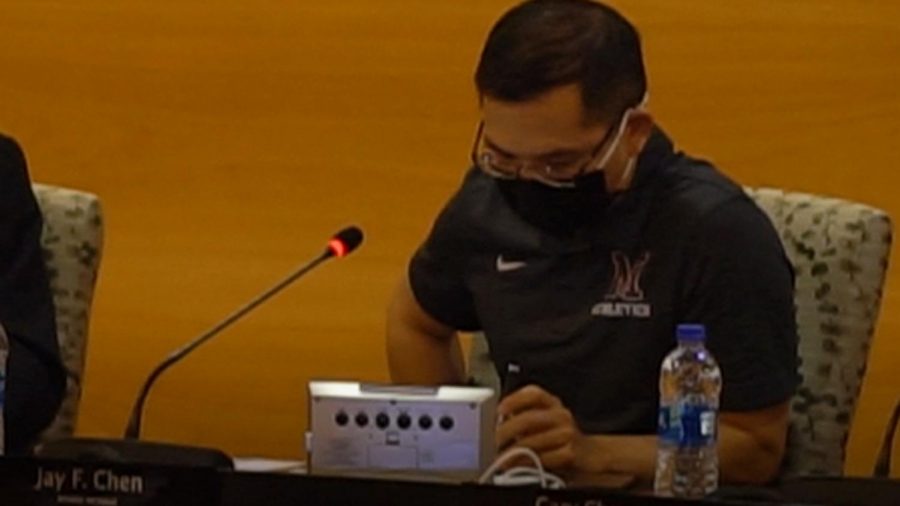
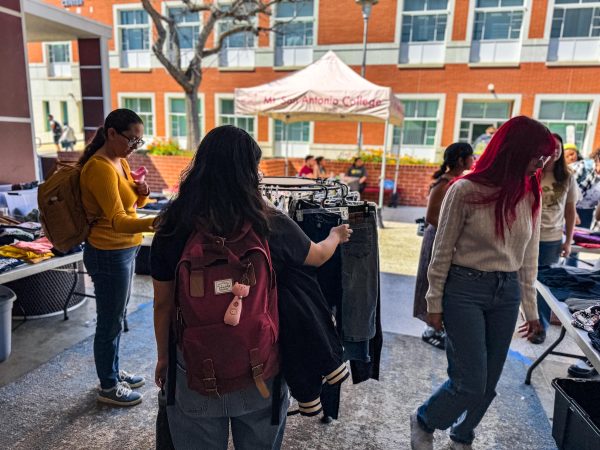
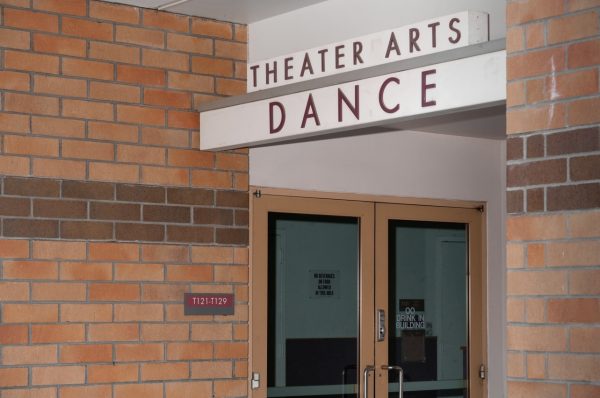
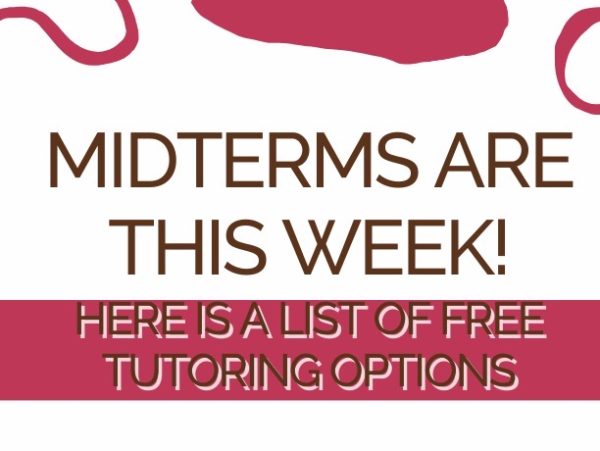
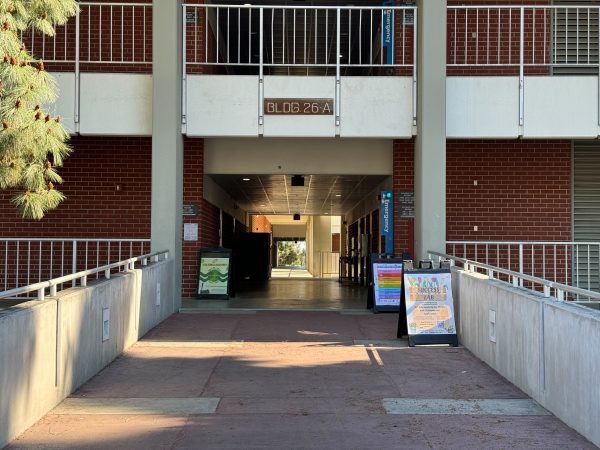

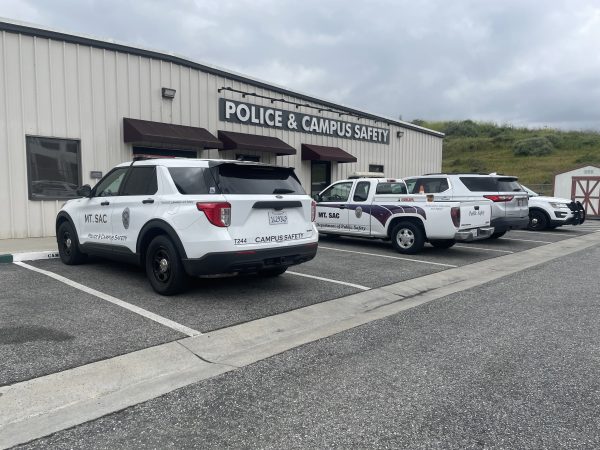
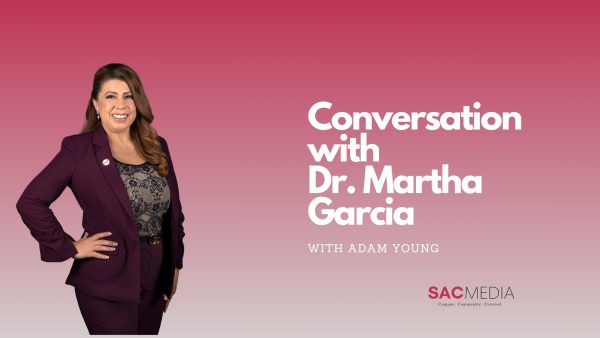
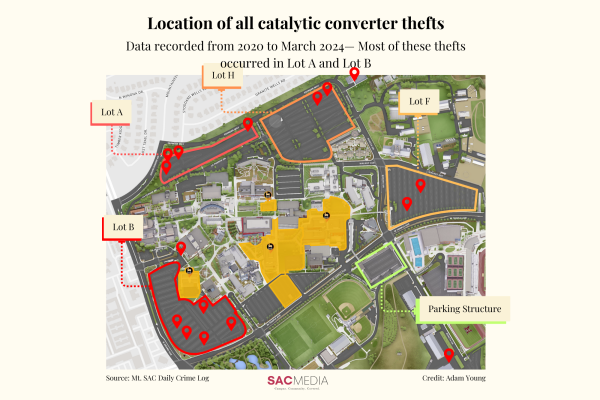

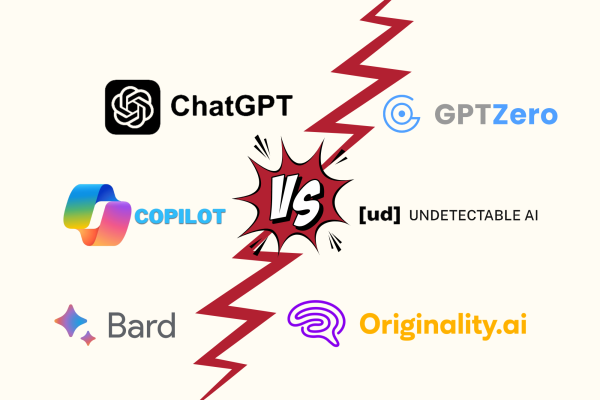
Thomas Edson • Aug 20, 2021 at 10:38 pm
Joshua–How about getting back to me on my already-submitted comment on this story? Posted several days ago.
Thomas Edson • Aug 18, 2021 at 9:49 pm
President Scroggins is wrong on several important aspects of the Delta surge.
First, (as represented in this SAC Media article) Scroggins inaccurately claims that vaccinated individuals ‘would not have as much of the virus…to spread to others.’ “The risk is slight,” Scroggins said in assurance.
Wrong. In late July, numerous studies confirmed that the viral load associated with the Delta variant is the SAME in vaccinated and un-vaccinated individuals. On July 27, the CDC confirmed: “…the Delta variant seems to produce the same high amount of virus in both un-vaccinated and fully vaccinated people. However, like other variants, the amount of virus produced by Delta breakthrough infections in fully vaccinated people also goes down faster than infections in un-vaccinated people. This means fully vaccinated people are likely infectious for less time than un-vaccinated people.” https://www.cdc.gov/coronavirus/2019-ncov/variants/delta-variant.html
“…likely infectious for less time” does not mean less infectious overall, and certainly not during the apex of the cycle when in an asymptomatic state infectious individuals may infect many, if not hundreds.
Second, and perhaps most importantly, Scroggins declared before the end of the Spring 2021 cycle that “SAC is Back”–a meme indicating that in-person courses would resume in F 2021. When data emerged in late spring to suggest that the virus was also “Back”, and this time appearing in a variant nearly ten times more virulent than its two predecessors, many college and university presidents chose a wiser, more prudent strategy of gradually moving from online to face-to-face courses, at an average rate of 20% (f-2-f) to 80% (online) courses.
Not Scroggins. No re-evaluation here. Once announced and “bannered” on the SAC website, he was determined to move full steam ahead–into what has become the largest, most chaotic scheduling ever witnessed at this college. Needless to say, his “bullish” behavior was not adopted by any near-by community college in the LA basin; moreover, the UC Regents and CSU Trustees both established highly visible and suitably scheduled vaccination and testing requirements for Fall well IN ADVANCE of the ensuing registration periods. Faculty, staff, and students in these two systems are prepared for the start of fall courses because their respective administrations were well-informed, proactive, and cogent in their planning.
What happened at Mt. SAC? Not well-informed about the extent and spread of the Delta variant; not proactive (it’s one week before the start of fall courses); and no reasonably responsible protocol planning for social distancing, testing, and contact tracing, let alone vaccination verification. Add to this trifecta of blundering, let’s schedule MORE f-2-f classes and reduce the number of online courses available–while clearly ignoring that students were registering almost entirely for online coursework. Could this nightmare on Elm Street III get worse??
Yes, indeed. How about the administration single-handedly slowing down, if not stopping entirely, the review of faculty and staff requests for Covid-related accommodations? Such accommodations would have permitted continued work at home by faculty and staff whose medical status requires continued isolation. But here Scroggins failed to act again. After three (3) months of so-called review by Human Resources, many full and part-time faculty and staff have not had their requests for accommodations confirmed or even reviewed for appointment. The failure here to protect staff and faculty during an ongoing pandemic is a staggering, if not a violation of federal law under Americans with Disability Act (ADA).
Well, here we are. Week 1 of instruction approaches in just a few days, and it takes a special meeting of the Board of Trustees, on August 13, to push this president and senior vice presidents into responsible behavior after so much clear evidence of a needful course correction months ago.